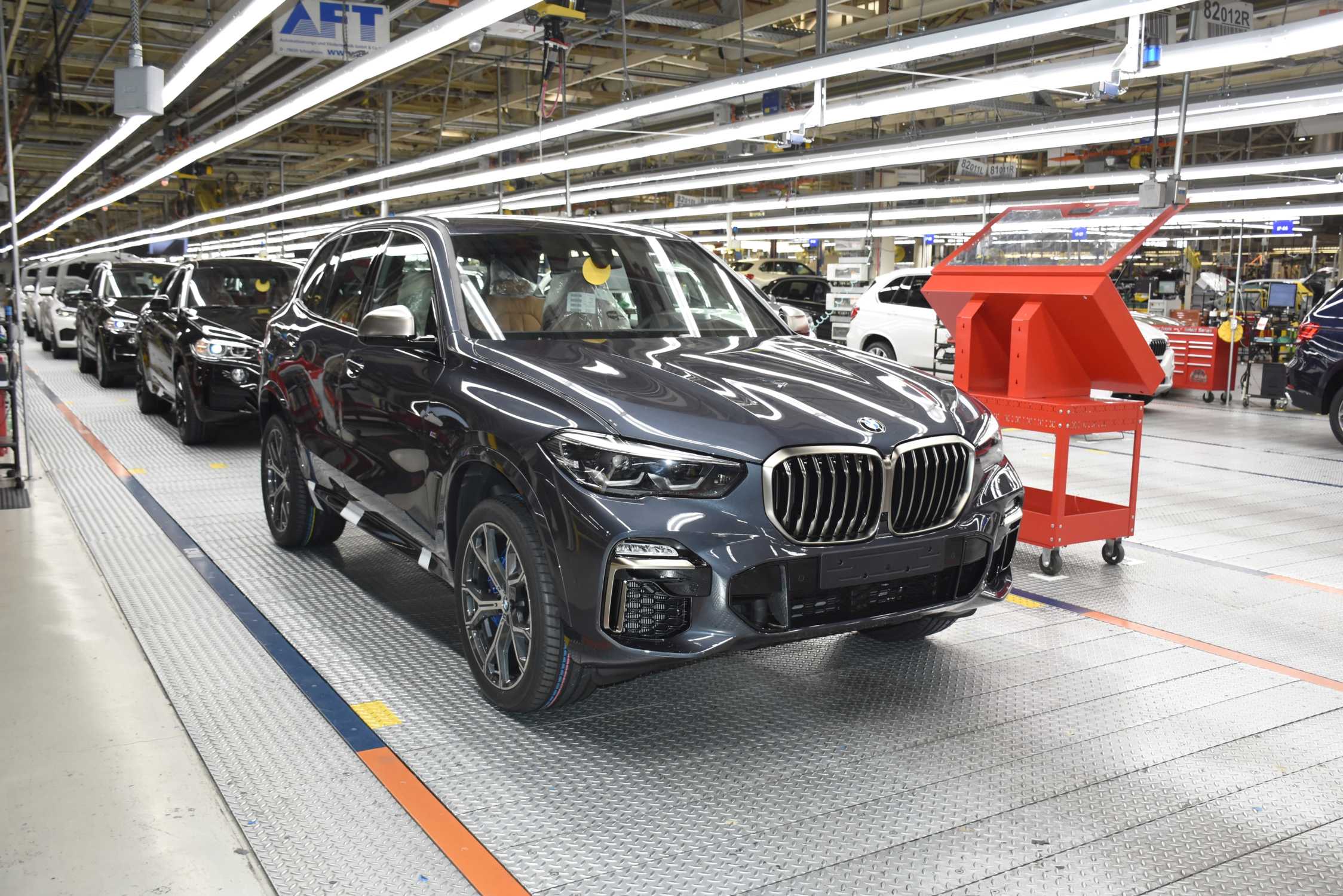Is Clean Energy's Success Under Threat? A Closer Look

Table of Contents
Political and Regulatory Hurdles
Political landscapes are notoriously fickle, and this instability significantly impacts clean energy investments and development. The fluctuating nature of government policies, often influenced by lobbying efforts from established fossil fuel industries, creates uncertainty for investors and developers of renewable energy projects. Inconsistency in policy frameworks leads to project delays and cancellations, hindering the deployment of sustainable energy solutions.
For example, sudden cuts in subsidies for renewable energy projects can cripple initiatives mid-stream, leaving investors with losses and delaying the transition to cleaner energy sources. This uncertainty is a major impediment to long-term planning and investment in renewable energy infrastructure.
- Subsidy cuts for renewable energy projects: Many countries have implemented inconsistent subsidy policies, causing uncertainty for investors.
- Permitting delays and bureaucratic obstacles: Lengthy and complex permitting processes can significantly delay project timelines.
- Lack of consistent and long-term policy frameworks: The absence of stable, long-term policies discourages large-scale investment in renewable energy.
- Protectionist trade policies impacting renewable energy technology imports: Trade barriers can inflate costs and limit access to cutting-edge renewable energy technologies.
Technological Challenges and Limitations
While renewable energy technologies have advanced significantly, limitations remain. The intermittency of solar and wind power, dependent on weather conditions, poses a challenge for grid stability. Integrating these variable renewable energy sources requires robust energy storage solutions and significant modernization of existing energy grids.
Furthermore, the efficient recycling and disposal of components from renewable energy technologies, such as solar panels and wind turbine blades, presents an emerging environmental concern. Ongoing research and development are crucial for overcoming these hurdles.
- Improving energy storage technology (batteries, pumped hydro): Developing cheaper and more efficient energy storage is critical for grid stability.
- Developing more efficient solar panels and wind turbines: Continuous improvements in efficiency and cost reduction are vital for broader adoption.
- Advancements in smart grids and energy management systems: Modernizing grids is essential for effectively integrating intermittent renewable energy sources.
- Challenges in recycling and disposal of renewable energy components: Developing sustainable end-of-life solutions for renewable energy equipment is paramount.
Economic and Financial Constraints
The economic viability of clean energy technologies varies greatly. While costs have significantly decreased in recent years, renewable energy sources often remain more expensive than fossil fuels, particularly in the absence of government subsidies and incentives. Fluctuating energy prices and market volatility create further uncertainty, impacting investment decisions. Securing sufficient capital for large-scale renewable energy projects, particularly in developing nations, remains a considerable hurdle.
- The cost of renewable energy technologies compared to fossil fuels: While costs are decreasing, subsidies are often still necessary for competitiveness.
- Funding challenges for research and development: Continuous investment is crucial for improving efficiency and reducing costs.
- Investor confidence and market risks: Political and regulatory uncertainty can impact investor confidence and willingness to fund renewable energy projects.
- The role of carbon pricing and emission trading schemes: Effective carbon pricing mechanisms can level the playing field and stimulate investment in clean energy.
Social Acceptance and Public Perception
Public perception plays a crucial role in the success of clean energy initiatives. Concerns regarding the visual impact of wind turbines ("Not In My Backyard" – NIMBYism), land use requirements, and potential effects on wildlife can hinder project development. Educational campaigns and community engagement are essential for addressing these concerns and fostering broader social acceptance of renewable energy solutions.
- Addressing "NIMBYism" (Not In My Backyard) concerns: Open communication and collaboration with local communities are crucial for overcoming resistance.
- Promoting the societal benefits of clean energy (job creation, health improvements): Highlighting the positive impacts of clean energy can increase public support.
- Community engagement and stakeholder participation: Involving local communities in the planning and development process builds trust and acceptance.
Conclusion
The transition to a clean energy future faces significant challenges, encompassing political instability, technological limitations, economic constraints, and societal acceptance issues. However, these threats are not insurmountable. Continued innovation, supportive government policies, and active public engagement are crucial for overcoming these obstacles. The potential benefits of a sustainable energy system – combating climate change, improving air quality, and creating new economic opportunities – far outweigh the challenges. The future of clean energy hinges on our collective commitment to address these hurdles and embrace a cleaner, more sustainable path forward. Learn more about how you can contribute to the success of clean energy and help overcome these threats. The future of clean energy depends on our collective action.

Featured Posts
-
 The Impact Of Original Sins Finale On Dexters Handling Of Debra Morgan
May 21, 2025
The Impact Of Original Sins Finale On Dexters Handling Of Debra Morgan
May 21, 2025 -
 Klopps Liverpool Return Confirmed Final Game Preparations Begin
May 21, 2025
Klopps Liverpool Return Confirmed Final Game Preparations Begin
May 21, 2025 -
 Navigating The Chinese Market The Case Of Bmw And Porsche
May 21, 2025
Navigating The Chinese Market The Case Of Bmw And Porsche
May 21, 2025 -
 From Scatological Documents To Engaging Podcast The Power Of Ai Data Analysis
May 21, 2025
From Scatological Documents To Engaging Podcast The Power Of Ai Data Analysis
May 21, 2025 -
 Oh Jun Sung Wins Wtt Star Contender Chennai Match Highlights
May 21, 2025
Oh Jun Sung Wins Wtt Star Contender Chennai Match Highlights
May 21, 2025
